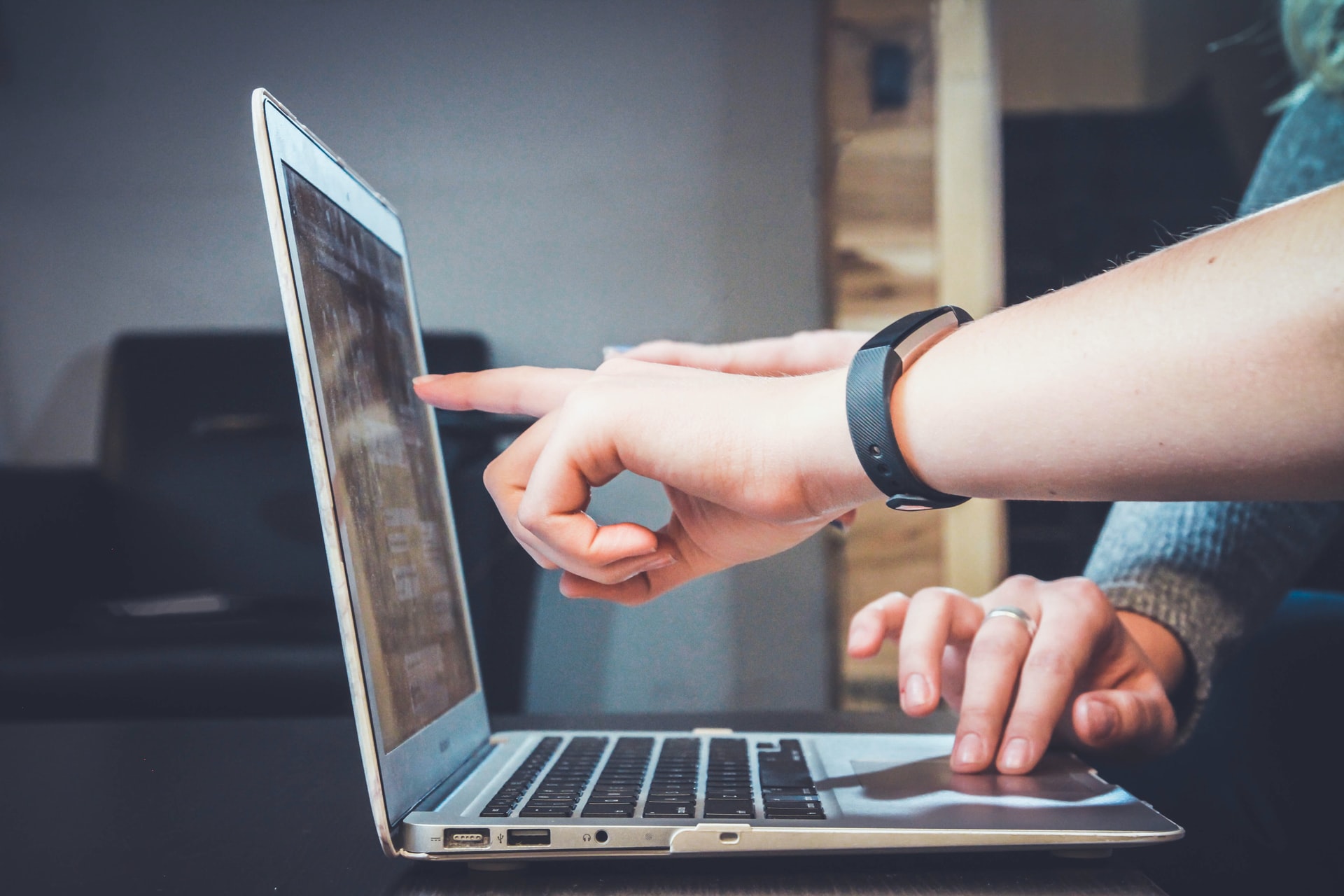 Photo by John Schnobrich on Unsplash
Photo by John Schnobrich on Unsplash
The digital transformation of the economy has impacted every industry. Some of the most significant changes from that transformation have been in education.
New digital developments like remote learning, artificial intelligence (AI), virtual reality (VR), and augmented reality (AR) all have the potential to radically transform how education is delivered and experienced.
Educators and EdTech developers are working to apply these innovations to the industry. Some of their experiments have already had a major impact on classrooms around the world.
Improving Accessibility
Despite major strides and investments over the past few years, accessibility in education remains a major challenge.
Many schools have few resources available for students who need special accommodations — like ASL translators, large-print textbooks, and alternative keyboards. Many school buildings are also inaccessible themselves or may be built in a way that can’t easily be navigated by students who use mobility aids like canes and wheelchairs.
Remote learning has benefits outside of a crisis. Rural students who are unable to come into the classroom could join a digital one, instead. Students with disabilities who have difficulty traveling to school could benefit in a similar way.
There are significant challenges to the wide-scale use of remote learning, however. The pivot to remote learning during COVID-19 helped educators learn that existing lesson plans typically need to be reworked to be effective in a digital classroom.
A number of remote learning experiments during the pandemic saw major positive results in expanding education accessibility and improving comfort. However, these benefits were sometimes outweighed by educational inefficiencies when educators weren’t provided time and resources to adapt.
New tech and software could also help make individual lessons and assignments more accessible — both in physical and digital classrooms. Software like UDOIT, an open-source tool used to find accessibility issues in course plans and resources, can help educators and administrators find barriers to access in higher education.
For example, the tool can scan through all the resources a particular course may use and pick out those that were scanned and may not be readable with a screen reader. Screen readers are devices that blind or visually impaired people can use to convert digital text to audio.
Digital tools like these could help bolster existing projects to improve accessibility in education, especially those that aim to help students in areas where schools can be hard to access.
Creating New Teaching Methods
One of the most significant impacts of the digital transformation may be the creation of entirely new teaching methods. Virtual reality and augmented reality, for example, both offer major potential for educators.
With virtual reality, students put on a headset that transplants them into a fully rendered digital environment. Using specialized controllers, they can interact with this environment. Augmented reality is similar, but instead uses devices like smartphones and smart glasses to overlay computer graphics over real life.
Both of these technologies enable a new range of education tools — and STEM educators may especially benefit. For example, there are a number of VR lab tools that provide students with a digital learning laboratory for chemistry, biology, and physics experiments.
The use of these digital labs helps educators save on reagents and also allows students to test out experiments that would be too dangerous or impractical for a real-life school lab.
For schools that can’t invest in VR equipment, similar AR alternatives exist. JigSpace, for example, is an AR tool that allows educators to create and share interactive 3D models with students.
The tool can help teachers demonstrate how complex systems work — like a combustion engine — by presenting a 3D model that can be manipulated, altered, and broken up into its constituent parts.
Other EdTech developers are also experimenting with VR-powered field trips that transport students to farms, deep-sea dives, and operating rooms.
This idea is already being applied in other fields, like construction, where VR-powered training allows workers to practice safety skills in situations that would be too dangerous to simulate in real life. Experimentation outside of education could help make VR education tools in general even more effective over the next few years.
Digital Transformation Is Driving Major Changes in Education
New technology is on track to reshape how educators teach. Novel software, virtual reality, and web conferencing tools may help make education more accessible — and open up new possibilities for educators.
As the digital transformation continues both inside and outside of education, the available tools are likely to become even more sophisticated. Soon, it could be standard for teachers to lead virtual field trips, teach over the internet, or leverage augmented reality when breaking down complex topics.
Discover more Digital Transformation with RobotLAB
Check our products and learn how robots are helping students with this transformation!
Autor:



